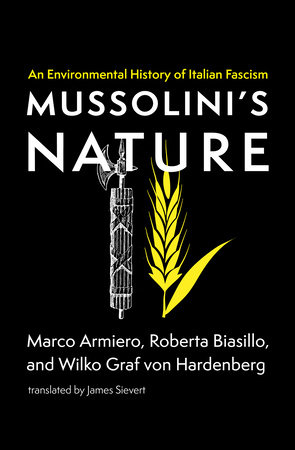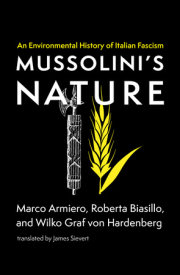Acknowledgments ix
Introduction 1
1 Mussolini's Embodied Nature 11
Mussolini Biographies 11
The Fascist Discourse of Nature 27
2 Natural Wars: Wheat and Swamps 37
Rebirth or Continuity? 37
The Battle for Wheat 42
Integral Land Reclamation 44
Propaganda and International Reception 49
Between Transformation and Protection 55
3 Fascist Modernity 63
Autarky 63
Dams 73
The Gasogene Engine 81
4 The Regime of Protection 93
Inheriting Nature 93
Fascistization of Nature Protection 96
Fascist Parks 101
Bears in Black Shirts 107
Quail, Sparrows, and Scientists 110
5 The Ecologies of Empire 117
Imagining the Lands of Empire 117
The Rest of Nothing 121
The Deception behind the Miracle 131
Gold to the Motherland 141
Empire as Ecological Failure 150
6 Fascist Landscapes Beyond Fascism 153
Nomen omen: A Monument to Whom? 153
A Past That Does Not Pass 160
The Fascist Landscape of the Republic 163
What about Cities? 170
Invisible Memories, Silent Monuments 176
Conclusion 179
Notes 187
References 213
Index 241





